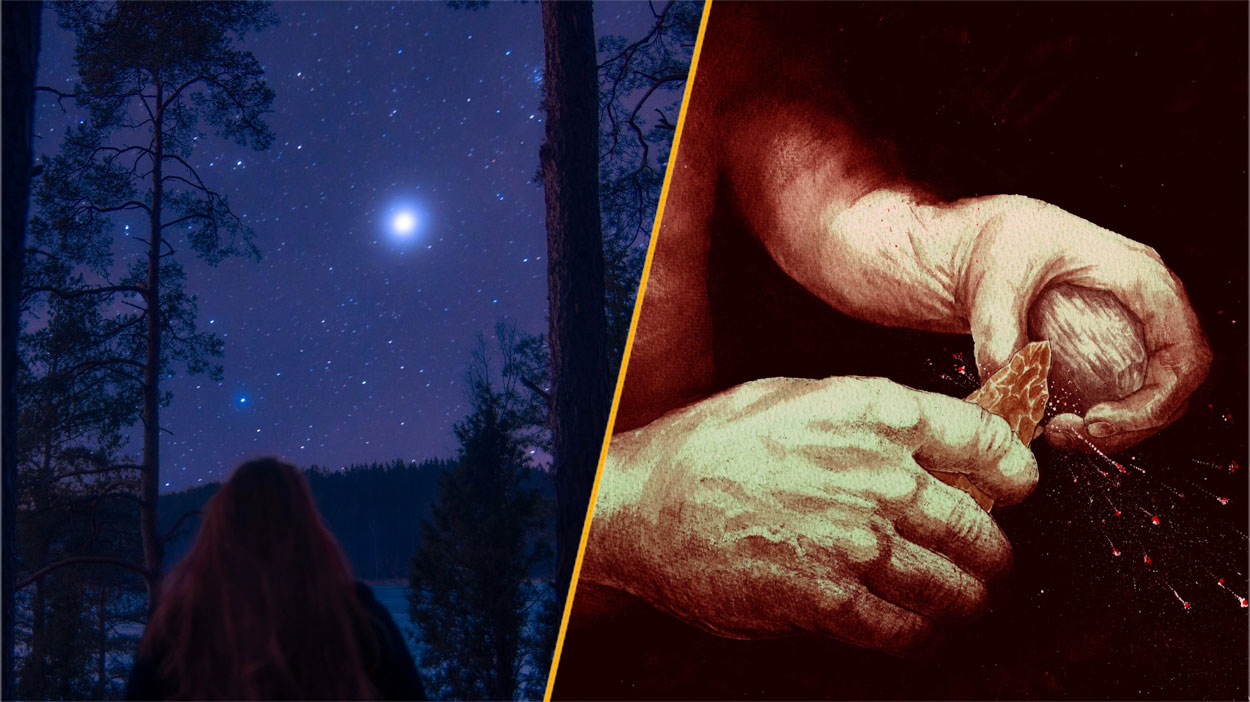In Photos: Frozen Lakes in Winter
Collateral damage
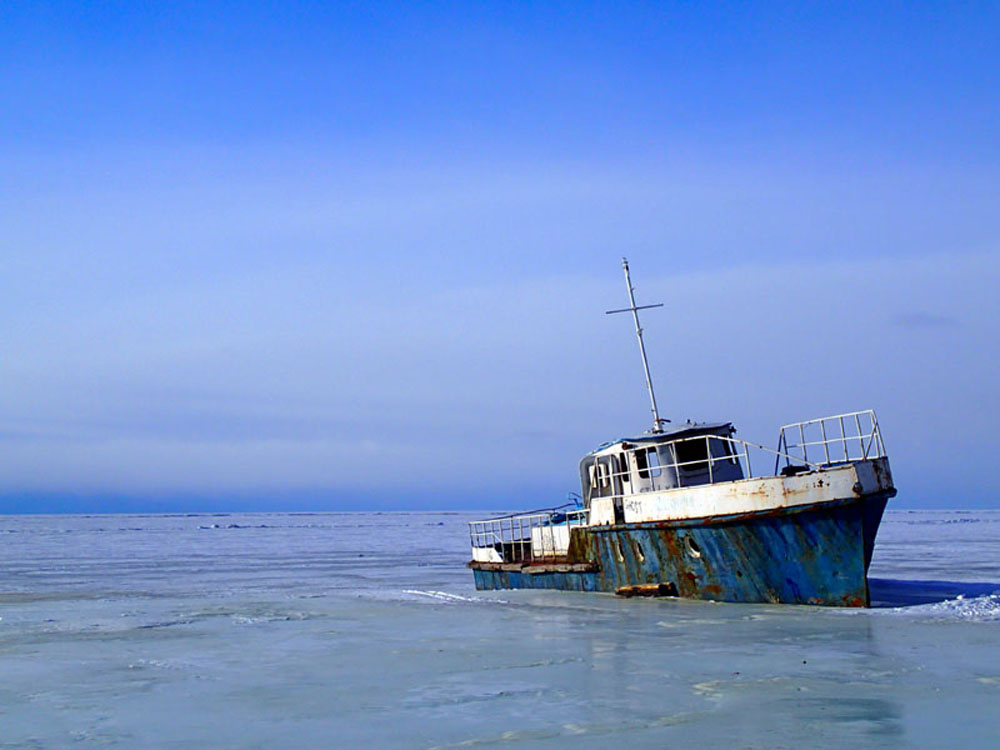
A boat is frozen into the ice covering the western shore of Lake Baikal near Bolshiye Koty, a rural location in Irkutsk Oblast, Russia.
Collecting specimens
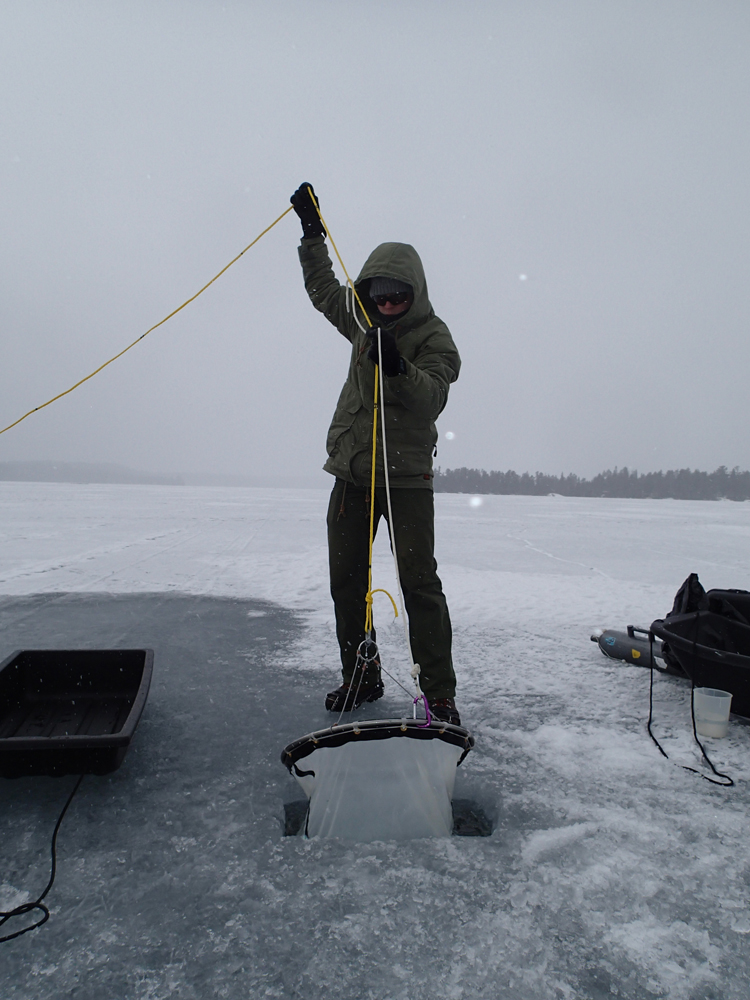
In Burntside Lake, Minnesota, Kirill Shchapov, a doctoral candidate in biology at the University of Minnesota in Duluth, conducts a zooplankton tow, collecting the microscopic creatures by dragging a fine mesh net through the water.
Playtime
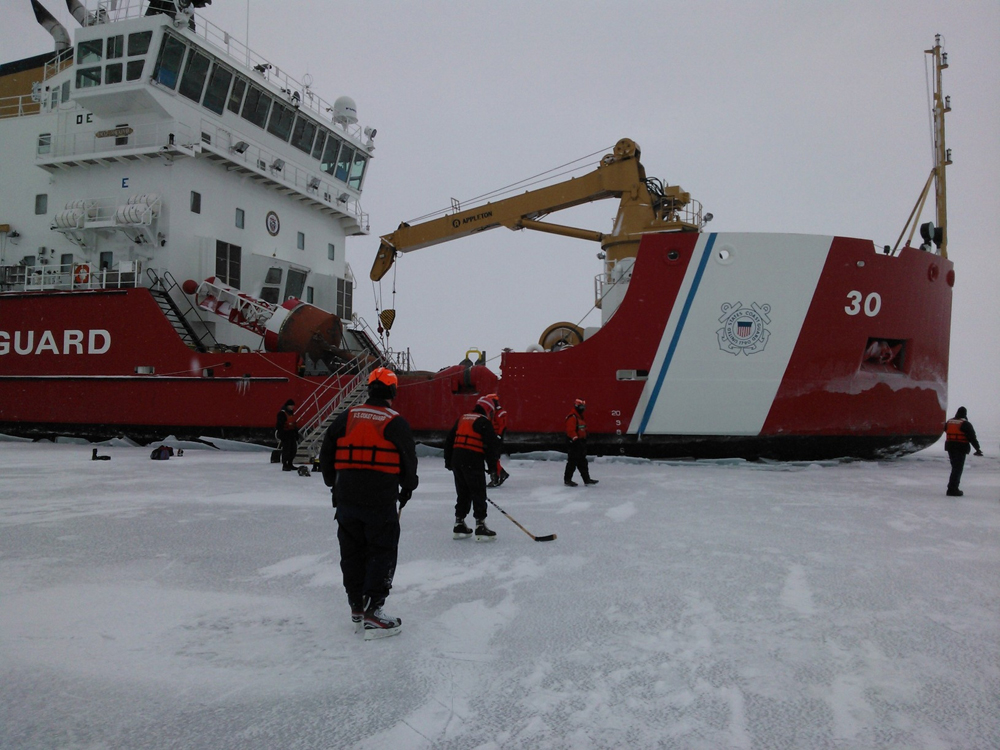
In northern Lake Michigan in January 2013, the Coast Guard icebreaker U.S.C.G.S Mackinaw is "hove-to" — in a stationary position facing the wind — during "ice liberty," a period when the crew is permitted to disembark and climb the ice.
Breathtaking allure
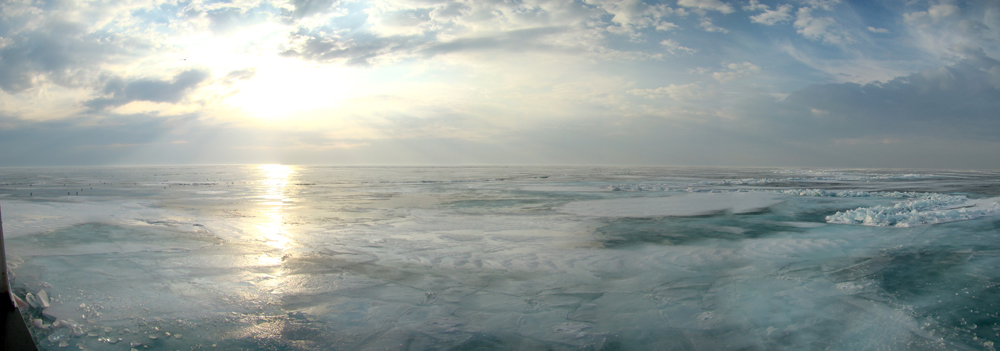
Lake Erie in February 2011.
Ice jewels
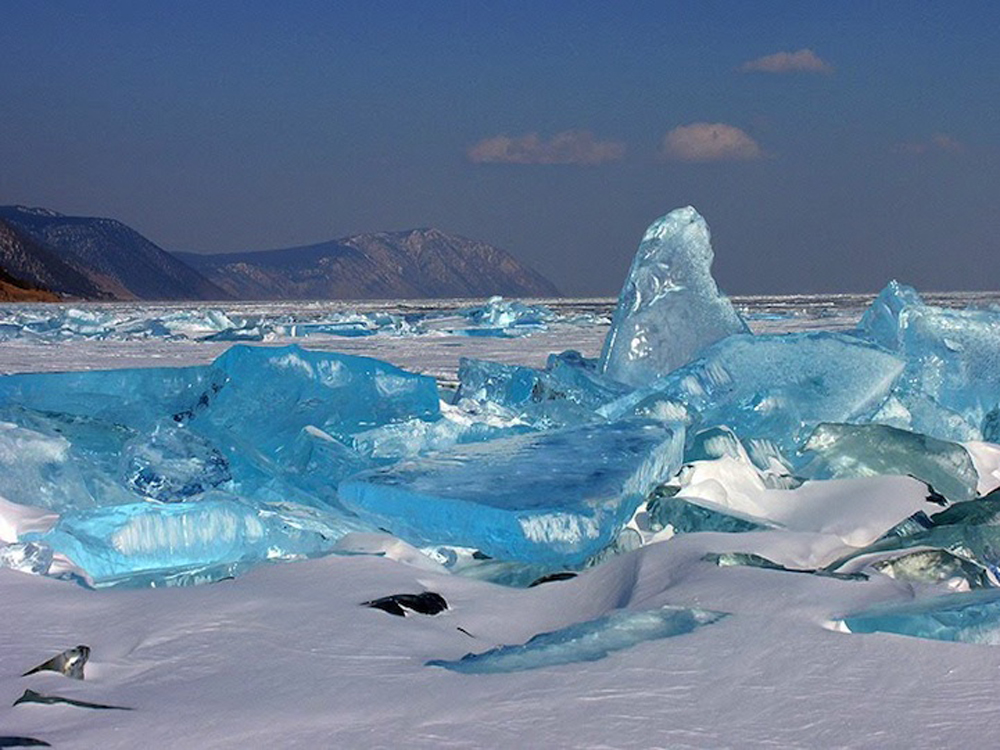
Ice on Lake Baikal, Russia. The lake's water is so clear that it appears blue when it freezes.
Suspended particles
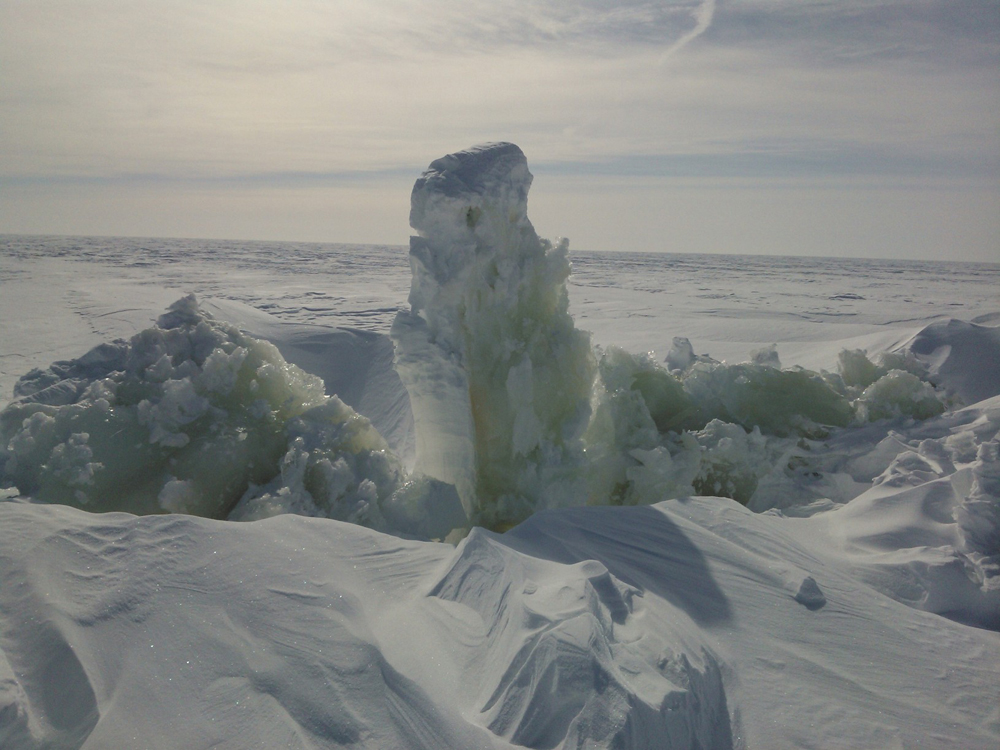
This image of frozen Lake Winnipeg in Manitoba, Canada was taken during a February 2014 snowmobile survey. The ice ridges contain particulate matter, much of which were colonies of diatoms, a type of algae.
Ice work
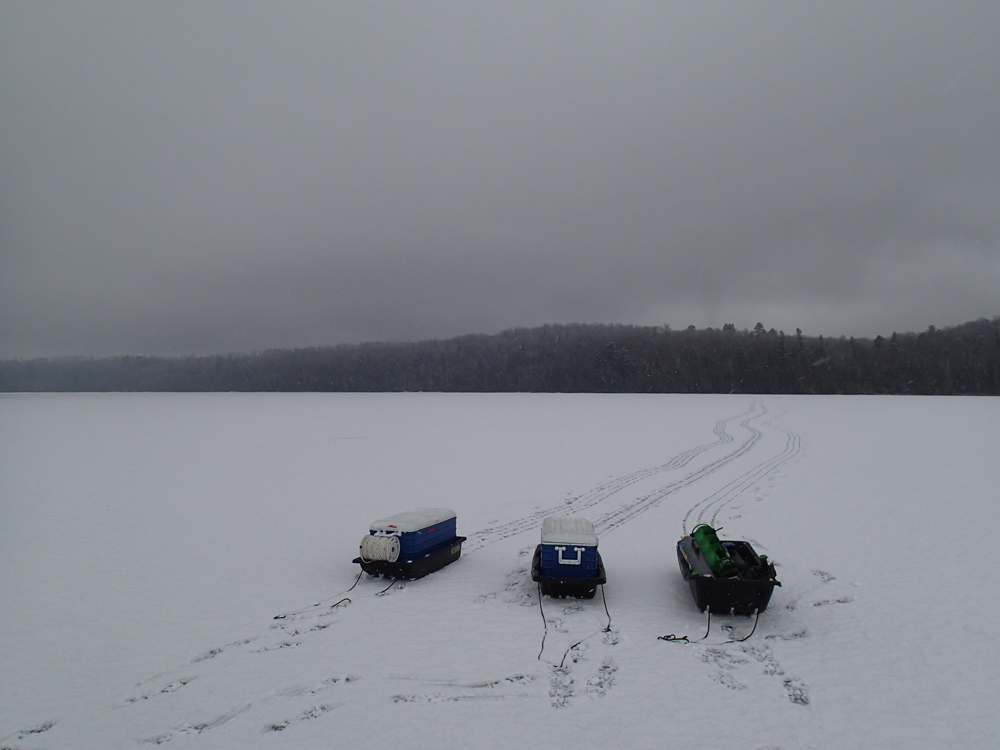
Field work on Minnesota's La Salle Lake. At 213 feet (65 meters) in depth it is the second-deepest lake in the state.
Get the world’s most fascinating discoveries delivered straight to your inbox.
More samples
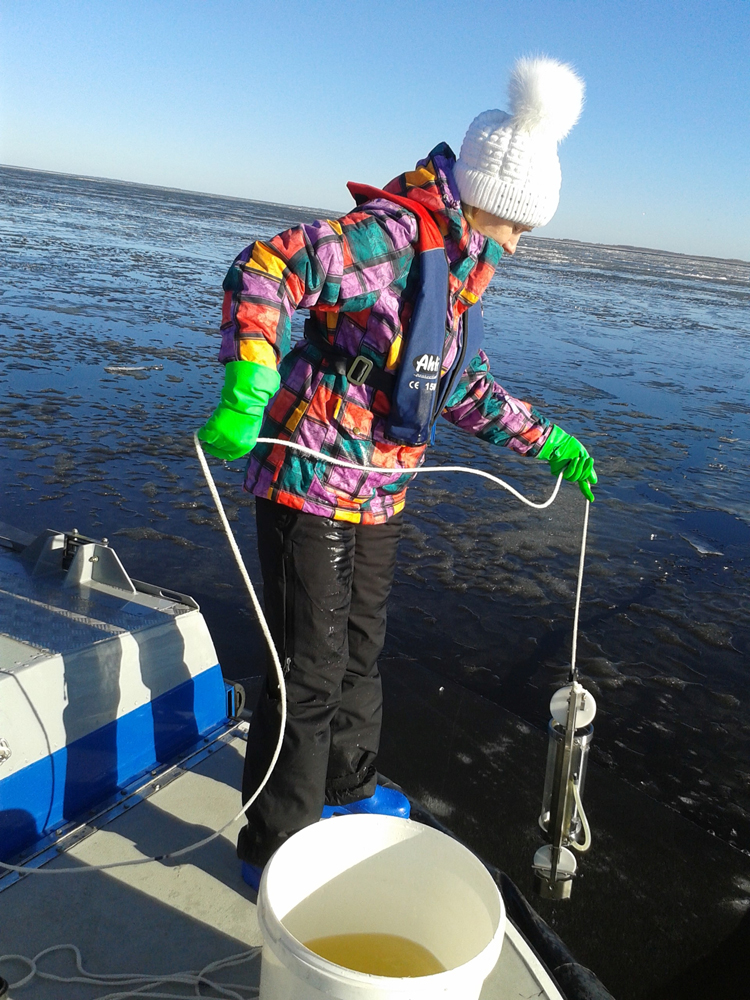
In March 2015, researchers gathered samples from Lake Lämmijärv, part of Lake Peipus on the boundary between Estonia and Russia.
Ice melt
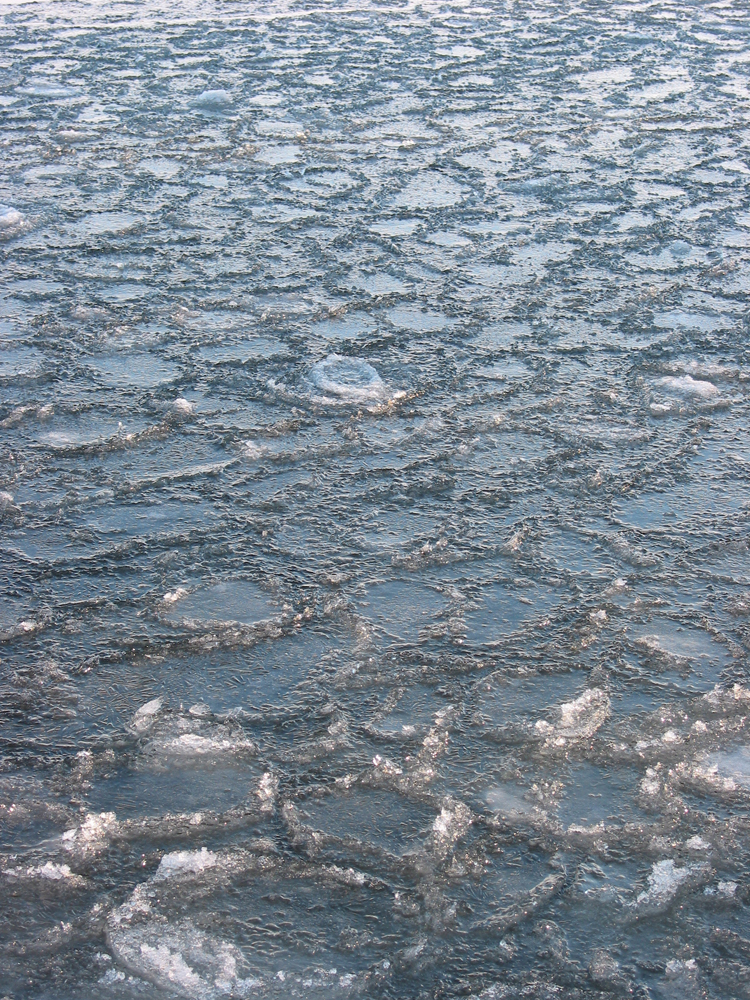
Ice melt at Lake Mälaren, Sweden. Mälaren is the third largest lake in Sweden, with a surface area of approximately 440 square miles (1,140 square kilometers).
Tech and samples
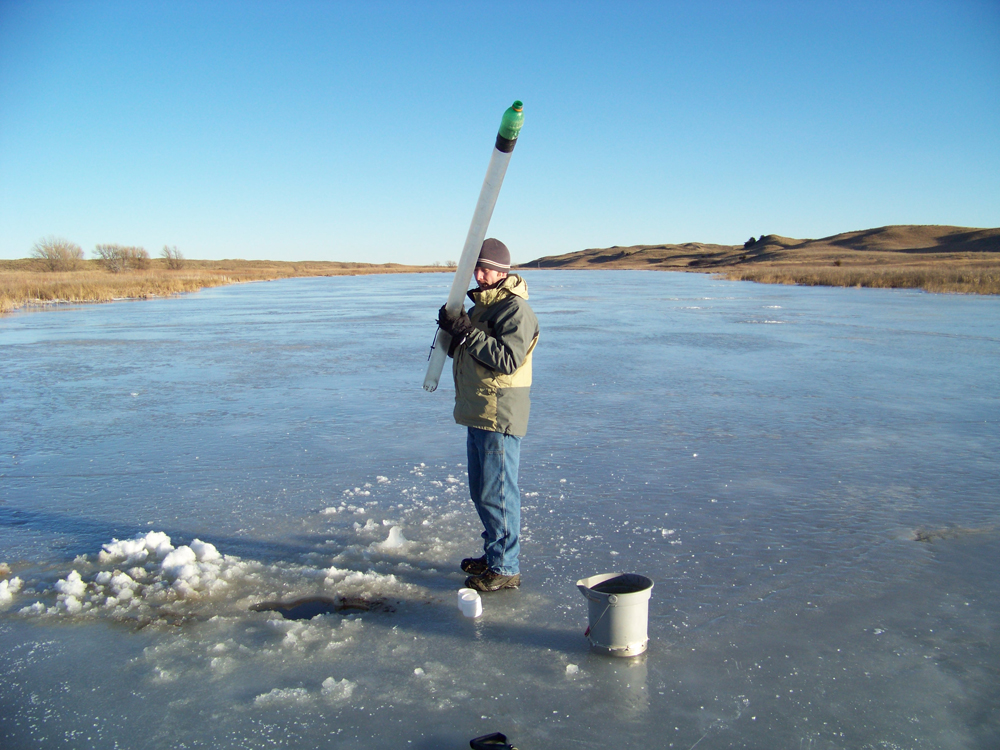
At West Long Lake, Nebraska in the Valentine National Wildlife Refuge, in January 2008, a researcher uses an integrated water column sampler to collect samples for processing.

Mindy Weisberger is a science journalist and author of "Rise of the Zombie Bugs: The Surprising Science of Parasitic Mind-Control" (Hopkins Press). She formerly edited for Scholastic and was a channel editor and senior writer for Live Science. She has reported on general science, covering climate change, paleontology, biology and space. Mindy studied film at Columbia University; prior to LS, she produced, wrote and directed media for the American Museum of Natural History in NYC. Her videos about dinosaurs, astrophysics, biodiversity and evolution appear in museums and science centers worldwide, earning awards such as the CINE Golden Eagle and the Communicator Award of Excellence. Her writing has also appeared in Scientific American, The Washington Post, How It Works Magazine and CNN.


